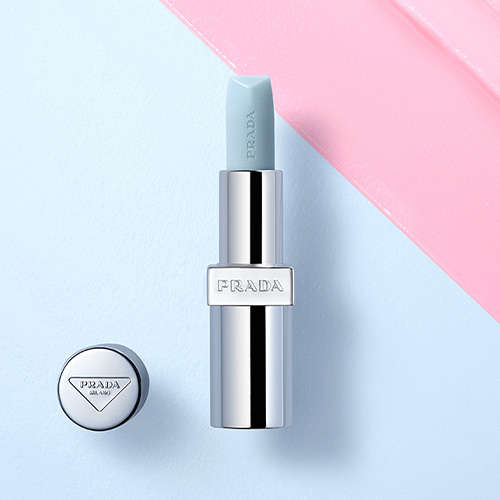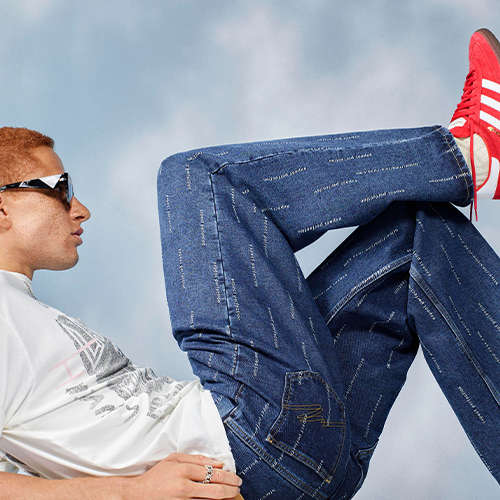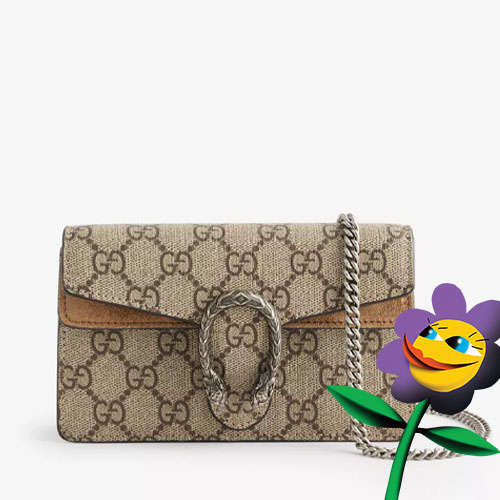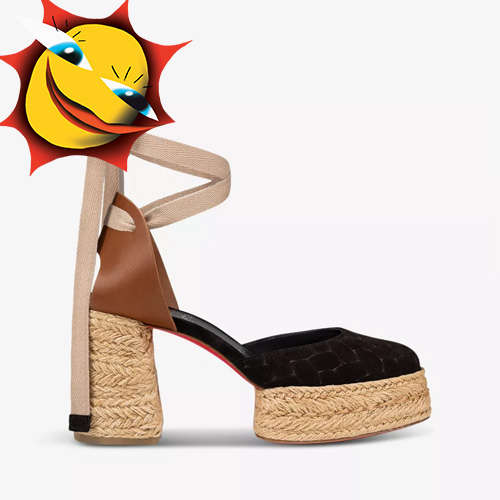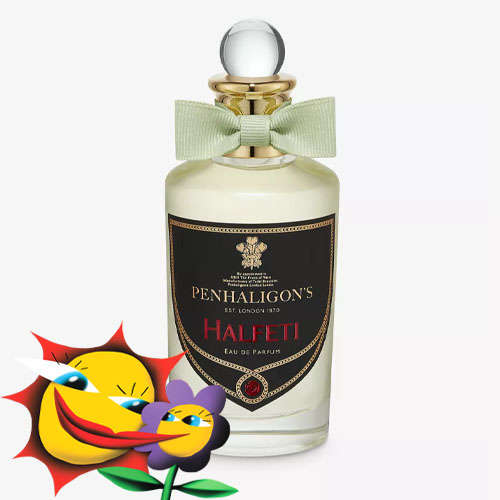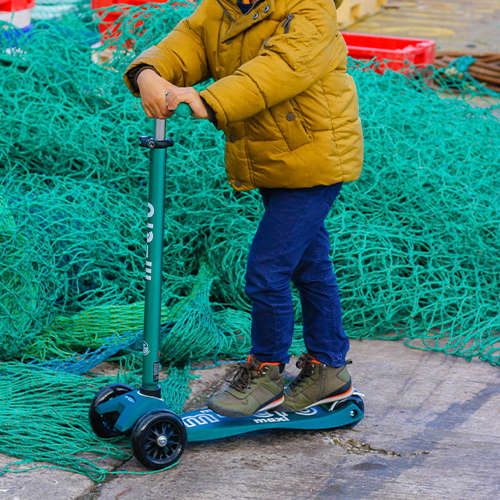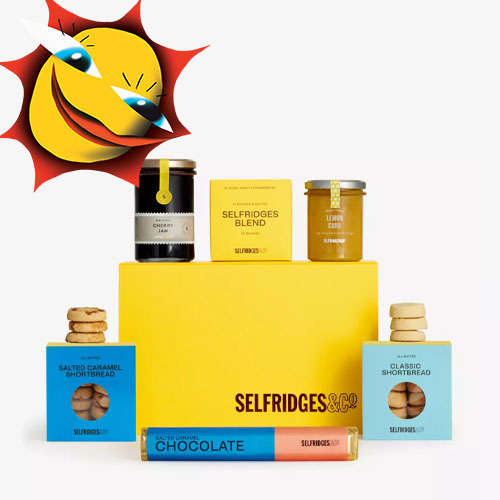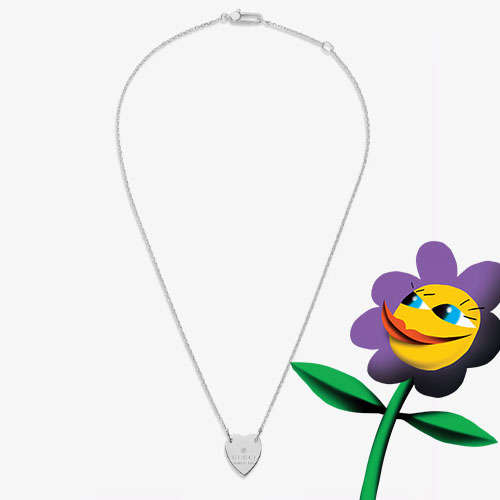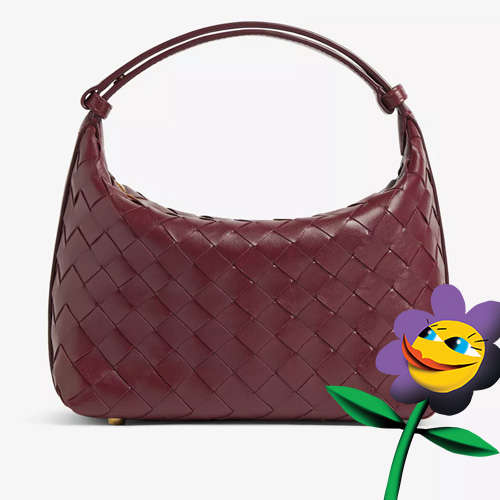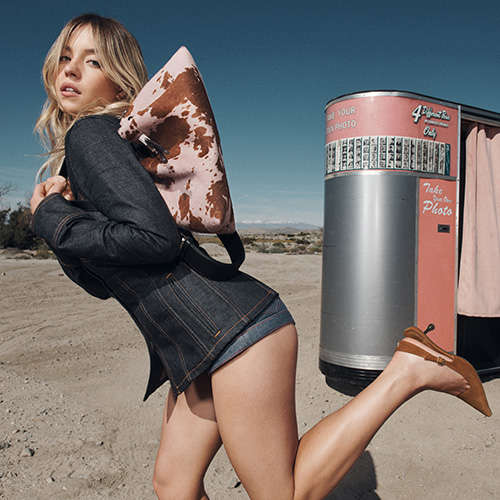- Australia / AUD $
- Canada / CAD $
- China / CNY ¥
- France / EUR €
- Germany / EUR €
- Hong Kong SAR China / HKD $
- Ireland / EUR €
- Italy / EUR €
- Japan / YEN ¥
- Kuwait / USD $
- Macao SAR China / HKD $
- Netherlands / EUR €
- Qatar / USD $
- Saudi Arabia / USD $
- Singapore / SGD $
- South Korea / KRW ₩
- Spain / EUR €
- Taiwan / TWD $
- United Arab Emirates / USD $
- United Kingdom / GBP £
- United States / USD $
- Not yours? Read more
Tell us what you think
Shop in your local currency and language
You are currently in United States US / USD $ store
- English
- English
- English
- English
- English
- English
- English
- English
- English
- English
- English
- English
- English
- English
- English
- English
- English
- English
- English
- English
- English
Did you know that we deliver to 130 countries or regions and offer a range of delivery options to suit you wherever you are in the world? Find out more
Sign up once to our Selfridges+ service and you can enjoy unlimited deliveries wherever you are in the world. FIND OUT MORE
International delivery
With almost everything on selfridges.com available for International Delivery, you can send your order to 130 countries or regions around the world, including North America, Australia, the Middle East and China.
Although we only offer 20 currencies to browse in online, you can still deliver to all of the following countries or regions:
- Algeria
- Andorra
- Antigua and Barbuda
- Aruba
- Australia
- Austria
- Azerbaijan
- Bahrain
- Bangladesh
- Barbados
- Belarus
- Belgium
- Belize
- Bermuda
- Bolivia
- Botswana
- Brunei
- Bulgaria
- Cambodia
- Canada
- Cayman Islands
- Chile
- China
- Colombia
- Costa Rica
- Croatia
- Cyprus
- Czech Republic
- Denmark
- Dominica
- Dominican Republic
- Ecuador
- Egypt
- El Salvador
- Estonia
- Finland
- France
- French Guiana
- Germany
- Gibraltar
- Greece
- Grenada
- Guadeloupe
- Guatemala
- Guernsey
- Guyana
- Honduras
- Hong Kong
- Hungary
- Iceland
- India
- Indonesia
- Ireland
- Israel
- Italy
- Jamaica
- Japan
- Jersey
- Jordan
- Kazakhstan
- Kenya
- Kuwait
- Laos
- Latvia
- Lebanon
- Lesotho
- Liechtenstein
- Lithuania
- Luxembourg
- Macau
- Malaysia
- Maldives
- Malta
- Martinique
- Mayotte
- Mexico
- Monaco
- Montserrat
- Morocco
- Myanmar
- Namibia
- Netherlands
- New Zealand
- Nicaragua
- Nigeria
- Norway
- Oman
- Pakistan
- Panama
- Paraguay
- Peru
- Philippines
- Poland
- Portugal
- Puerto Rico
- Qatar
- Reunion
- Romania
- Rwanda
- Saint Kitts and Nevis
- Saint Lucia
- Saint Martin (French part)
- San Marino
- Saudi Arabia
- Serbia
- Singapore
- Slovakia
- Slovenia
- South Africa
- South Korea
- Spain
- Sri Lanka
- Suriname
- Swaziland
- Sweden
- Switzerland
- Taiwan
- Tanzania
- Thailand
- Trinidad and Tobago
- Turkey
- Uganda
- Ukraine
- United Arab Emirates
- United Kingdom
- United States
- Uruguay
- Venezuela
- Vietnam


What’s been the trickiest product to produce sustainably?
Producing our ‘alter-nappa’ [faux leather] took years of hard work, but it’s one of the areas I’m most proud of. I grew up in a vegetarian household, so I always knew that that was something I would carry through into my work. You can come to Stella McCartney and a small thing you can do is buy a non-leather bag, and that has a huge impact environmentally (our animal-free leather has up to 24 times lower environmental impact than real leather). I still think that a huge per cent of the people that come to Stella McCartney don’t know that we sell non-leather shoes or that my bags aren’t real leather. I honestly don’t think that people can tell as we have managed to get to such a high level in quality – and to think how many animals’ lives have been saved!
We’ve recently seen many labels change their approach in order to take sustainability more seriously – what do you think has been the biggest catalyst for change?
I would say it’s the consumers that have been one of the real driving forces in demanding this change when it comes to brands taking sustainability more seriously. Consumers are now asking for clarity on where the stuff they buy comes from, pushing brands to be open. We all need to be more transparent about how things are made, where they are made and what their impacts are for the planet.

What does success mean to you?
I’m just proud that I’ve managed to stay true to what I believe in, to not have compromised anything when I had people around me telling me I needed to do things in a certain way to be successful. To me, that is what I’m most proud of.
You designed the Team GB Olympics kit in 2012 and 2016 – what was it like to see the athletes wear it during the Games?
I’ve been lucky enough to have had a lot of career highlights, but I have to say that designing the Team GB kits were some of the most extraordinary moments to be part of, and seeing the athletes win medals in a kit that I had designed for them was incredibly rewarding. First and foremost, I had to deliver the best performance wear for the athletes, but I had to please the nation as well! As a nation, we have so much pride – which is something so special – so that was vital to capture in the designs and was truly an honour to work on.

How do you see the fashion landscape changing post COVID-19?
I really hope that one of the things the pandemic will bring us is our sense of values. For instance, our values around sustainability and social responsibility should be in sharp focus for all industries. Fashion is one of the most polluting industries in the world… The equivalent of one garbage truck of textiles is burned or landfilled every second, and for the first time in history we can truly measure the damage done by human activity. Our children and children’s children are going to be having geography lessons on this impact in years to come. We have seen, in such a short period of time, how incredible nature is and how she bounces back so quickly, so I really hope this causes a turning point. Time is up. Our house is on fire and we need to act.
What are your hopes for the future of Stella McCartney?
I would like for Stella McCartney to be a zero-impact brand, which we are getting towards. My personal goals are to lead by example – in order for that to happen, the core of it is design and how we communicate what we do and our message for the rest of the world.

